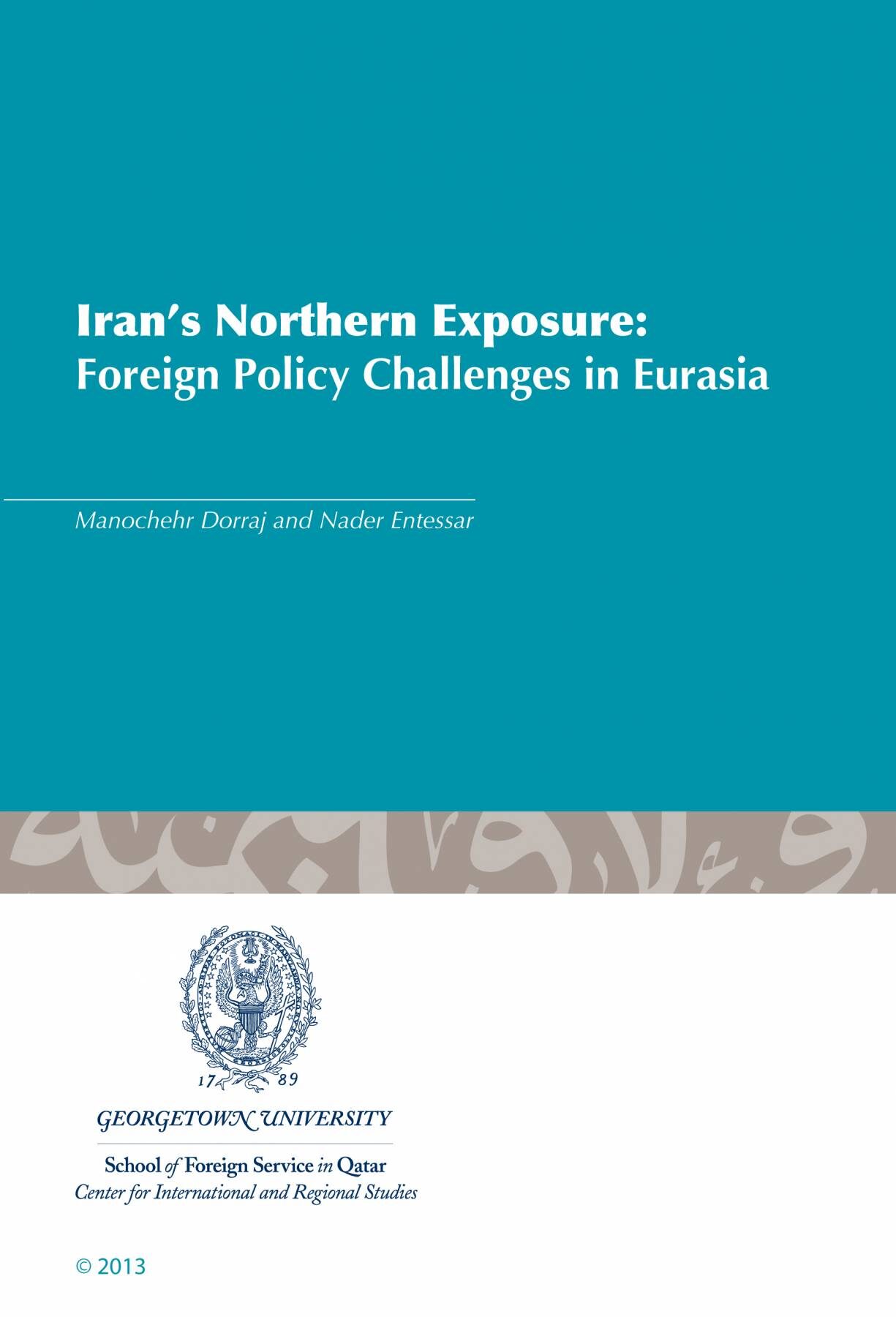Iran’s Northern Exposure: Foreign Policy Challenges in Eurasia

To cite this publication: Manochehr Dorraj, “Iran’s Northern Exposure: Foreign Policy Challenges in Eurasia,” CIRS Occasional Paper no. 13 (Doha, Qatar: Center for International and Regional Studies, 2013).
This paper analyzes Iran’s evolving interest and geopolitical challenges to its foreign policy in Central Eurasia. Historically, Iran, Turkey, and Russia have wielded the greatest influence in Central Asia and the Caucasus region. Therefore, it is not surprising that these three countries reemerged as principal actors in the region during the first decade of the post-Soviet era. Since the collapse of communism in the Soviet Union, Iran performed a balancing act. That is, it aspired to develop closer relations with a region with which it shared significant historical and cultural ties. At the same time, Russia regards Central Eurasia as its sphere of influence and would like to keep the “intruders” at bay. Hence, the United States’ expanding presence in the region has added a new twist to Iran’s geopolitical calculations in how to define its policy toward the region. Turkish-Iranian cooperation and competition in the region is yet another piece in the strategic triangle that molds Iranian regional political posture. The looming impact of these three countries aside, as an emerging regional power with its own political agenda, perception, and calculus of its interests, Iran uses identity politics and shared cultural and religious values, where appropriate, to forge closer relations with Central Eurasian countries. Beyond this motif in Iran’s foreign policy, this paper concentrates on political, economic, and strategic variables affecting Iran’s foreign policy decisions in Central Eurasia. Islamic factors are treated as variables within the broader context of sociocultural factors that have played a role in shaping Iran’s foreign policy in the region.